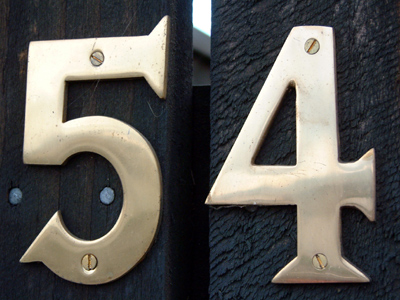
Number Sequences (Year 5)
In KS2 Maths, as you move to Year Five, you'll get really good at spotting number patterns. You'll learn to see if the numbers are going up or down by a certain amount in each step. Odd and even numbers will be like your friends, and you'll even tackle sequences with decimal numbers and fractions!
Finding the next number in a sequence is like solving a puzzle. Some patterns are simple, like adding 10, but others, with decimals or fractions, might seem tricky at first. Don't worry! With a bit of practice, you'll become a pro at spotting patterns in sequences, whether they're made of whole numbers or tricky decimals and fractions.
Boost Your Child's Confidence with QuizzesReady for more?
not all...
quizzers. Try to win a coveted spot on our Hall of Fame Page.







